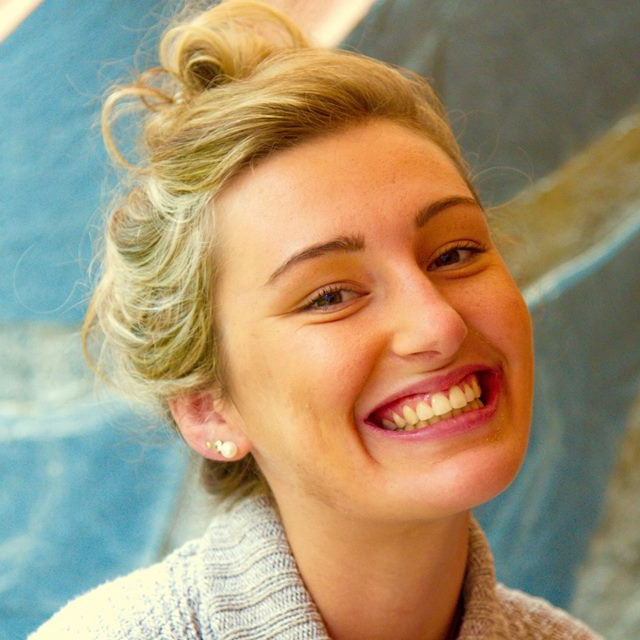Aims. The poster illustrates the changing visual culture of sunbeds since the 1980s. This will present three main areas of inquiry. First, how was ‘excessive’ sunbed use encouraged during the 1980s; what anti-sunbed prevention methods were organised by both medical and media officials from 1991, and finally, were these public health campaigns effective – how did the public respond?
Methods. Methods include a visual analysis on adverts collected from newspapers, magazines, private (commercial) and public archives (The Advertising Archives ). This project will also include an analysis of audiovisual materials collected from the BBC Genome digital project. I will interview sunbed consumers and sunbed shop owners, combined with media and medical officials who have reported on the sunbed phenomenon.
Results. Chapter 1 evaluates the economic, socio-cultural and policy-related factors that led to the sunbed industry’s ‘boom’. A subsection explores the geographic and spatial history – investigating why sunbeds became superabundant in Liverpool compared to other regions. In 1991, the first medical authority coined the term ‘Tanorexia’. Chapter 2 explores how sunbeds were framed as ‘addictive’ and moral panic began in the media. An undesirable ‘Tanorexic’ stereotype was both created and incessantly reinforced in national medias. The ‘irrational, young, working-class and female sunbed addict’ was presented as comically tanned, blonde, narcissistic, self-destructive and vulgar. In Chapter 3, interviews will evaluate the decision-making behind the anti-sunbed health campaigns, and how they were received by the public. These campaigns used the professionalisation of advertising – a cultural method of marketing – to explicitly target young women.
Conclusions. In conclusion, the changing visual culture of sunbeds illustrates how they were presented first as ‘healthy’, then ‘addictive’ and finally ‘life-threatening’. A ‘Tanorexic’ stereotype was created and reinforced. This extreme and highly bias depiction weakened health advice. Sunbed users are of all sexes, occupations, ages and socio-economic backgrounds. This needs to be acknowledged in future studies and campaigns.
Conflicts of interest:
No conflict of interest
